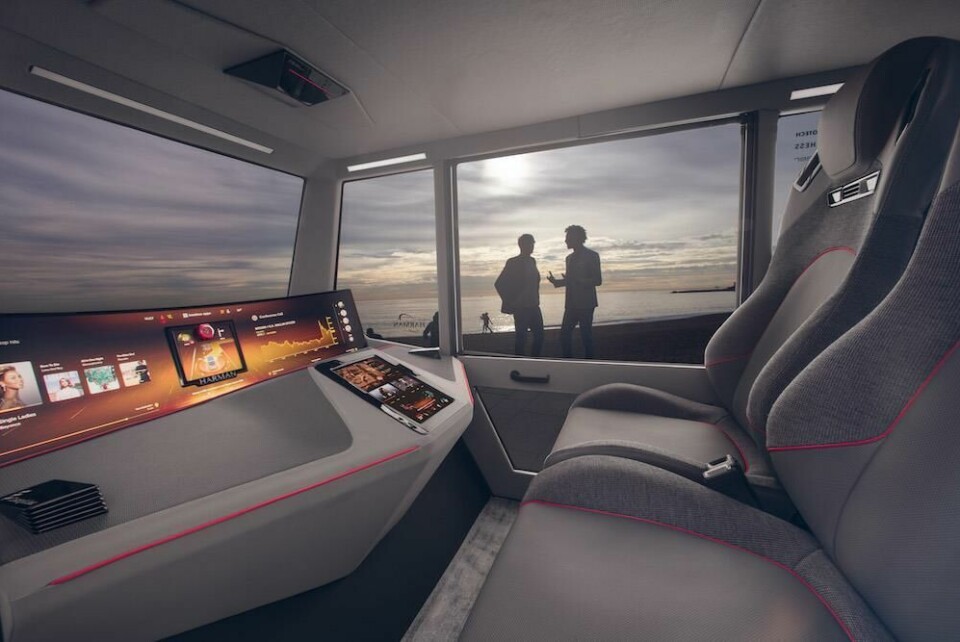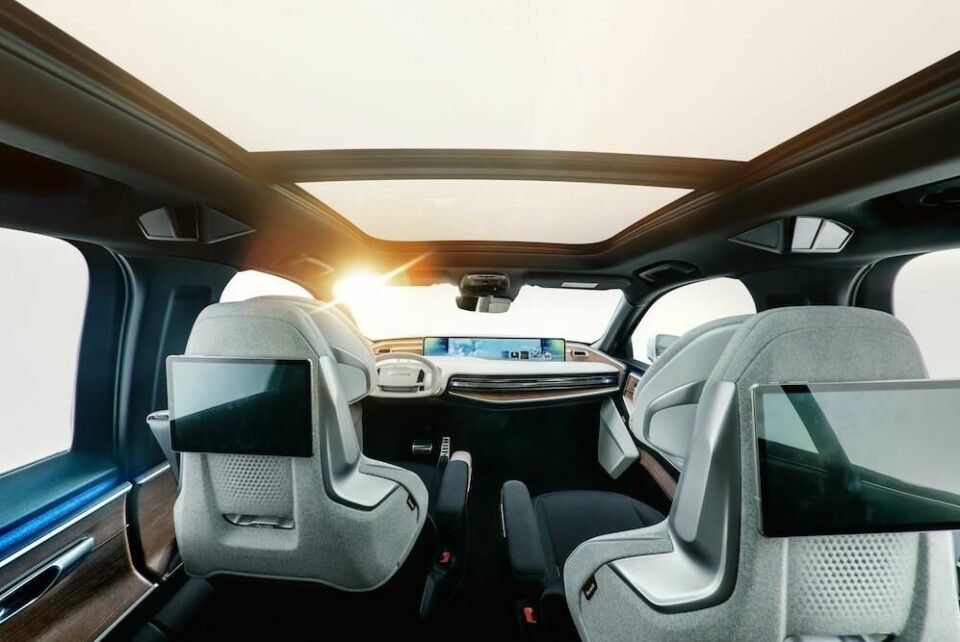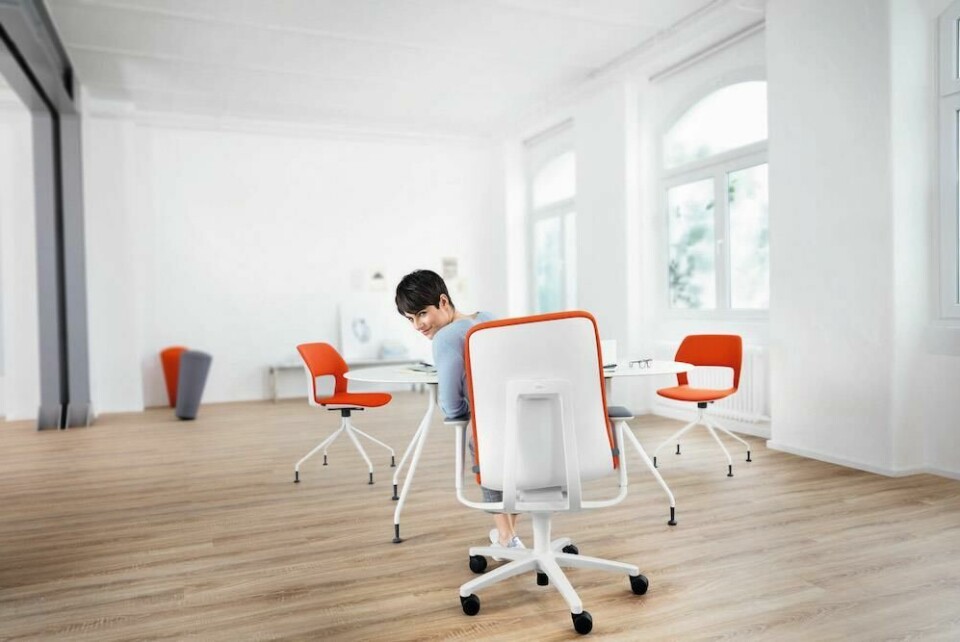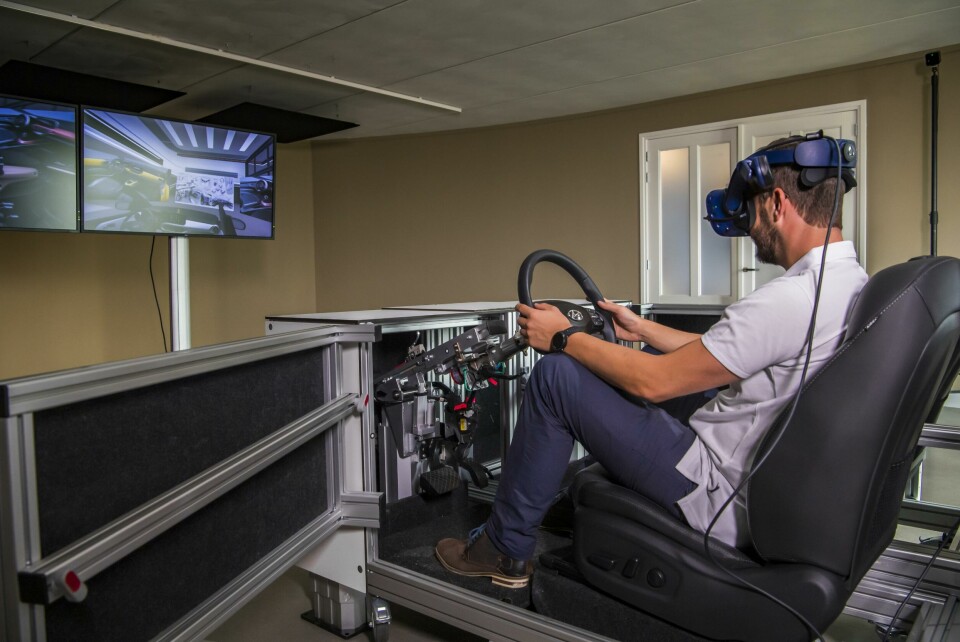
Seating Trends: Increased integration and biometric systems
Biometric technology is providing another layer to safety and infotainment, and is another challenge for car design
A seat is not just somewhere to sit: it can host advanced technologies and functions. “We are now able to get rid of the frontiers between digital technology products and the traditional instrument panels, doors, seats and so on, to get user interaction happening all over the interface, no matter if it’s a screen, or in a part of a seat,” says Andreas Wlasak, VP industrial design, Faurecia. “You won’t see the product boundaries any more.”

Faurecia’s Cockpit of the Future portfolio includes not just integration of controls into seating surfaces (such as into the armrests) but coordination of safety-related sensor technologies. Infrared cameras tracking biometric indicators such as heart rate and face temperature, to detect drowsiness, are linked to actuators in the seat to instigate haptic vibrations to alert the driver; facial recognition can be used to automatically adjust seating position; and radar sensors can detect body mass to calculate weight and type of occupant – not just to optimise seat belt tension, for example, but to collect and share information with emergency services in the event of an accident, or to raise the alarm if a child (or animal) is left unattended in a too-hot vehicle.
New seating kinematics will be needed to support new interior use-cases, such as those afforded by autonomous driving, Faurecia notes; it has partnered with ZF on a structure to recline, lift, adjust and swivel a seat and then return it smoothly and quickly to an upright or driving position. In order to do this, airbags and seatbelts are directly integrated into each seat itself, rather than mounted in surrounding structures.

Toyota Boshoku’s MX191 similarly leverages biometrics and embedded tech: each seat can provide sensory stimulation through audio, vibration and climate control. An overall monitoring system and unique algorithm coordinates the cabin functions and control systems, while the seats themselves again integrate airbags (including an anti-submarining airbag under the cushion), seatbelts and alert systems, as well as climate control (via vents in the surface, behind the neck and on the cushion front), 16 massaging air bladders and retractable foot-rests. These technologies are applied in the Toyota LQ (Tokyo 2019), in which the driver’s seat is automatically adjusted and ventilated if fatigue is sensed, or deflated for relaxation in autonomous driving mode.
Lear’s Intu system – as seen in the Rinspeed microSNAP (CES, January 2019) – also focuses on comfort and wellness, alongside entertainment, safety and opportunities for adaptation and individualisation. It uses Lear’s BioBridge radio-frequency sensor technology to monitor heart and respiratory rates, detect stress and drowsiness, and then adjust seating accordingly; it works in conjunction with a modular in-seat heat and cool system.
Completing the sense of the seat as a high-tech control centre are embedded functionalities enabled by smart surfaces and touchpads. Covestro’s polycarbonate films with printed electronics can be applied in armrests, as can Canatu’s carbon nanobud film with 3D touchpads; such lightweight solutions can be ‘hidden’ behind translucent materials or beneath the seating textiles.
Alongside massaging, climate control and all the sensor-driven technologies, adjustment and positioning of the seats themselves continue to develop too. The rear seats of the Faraday Future FF 91 achieve a 60-degree reclining angle, said to be the greatest-yet in any production vehicle, and 14-way adjustment with four-way lumbar support. These NASA-inspired ‘zero gravity’ seats give a so-called neutral posture for optimum ergonomics and distribution of body weight: biomechanical factors which promise to enhance long-distance comfort and relaxation.














